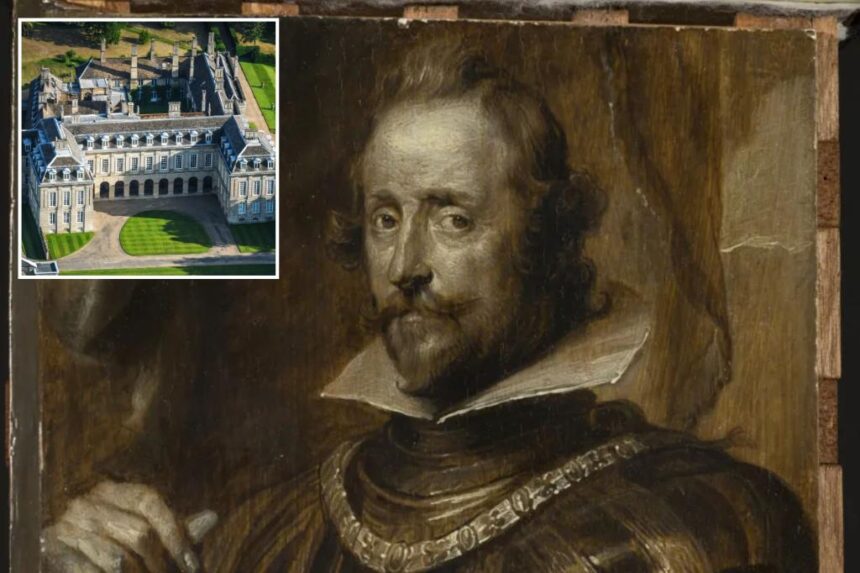The theft of a valuable artwork by renowned Flemish painter Anthony van Dyck has been solved after 70 years, thanks to the diligent research of historian Dr. Meredith Hale from the University of Exeter. The stolen oil sketch, titled “Portrait of Wolfgang Wilhelm of Pfalz-Neuburg,” was part of a collection of 37 oil sketches painted in the 17th century and was taken from Boughton House, the home of the Duke of Buccleuch and Queensberry in Northamptonshire.
The mystery of the stolen artwork came to light when the Duchess of Buccleuch and Queensberry saw the sketch on display at Harvard University’s gallery, six years after its disappearance. Dr. Hale meticulously traced the journey of the painting from its theft to its sale at Christie’s auction house in London and its eventual relocation to the United States.
The culprit behind the theft was identified as Leonard Gerald Gwynne Ramsey, the editor of The Connoisseur journal and a Fellow of the Society of Antiquaries. Ramsey, disguised as an expert, visited Boughton in 1951 under the pretense of gathering material for an article. Among the items stored at Boughton were the wooden panels from Van Dyck’s Iconography project, which included sketches of prominent figures.
The sketch of Wolfgang Wilhelm was the easiest target for theft, as it was conveniently located near a storage room or bathroom. Ramsey’s motive for stealing the artwork was revealed in correspondence with art historian Ludwig Goldscheider – he needed money to buy new curtains. Goldscheider provided a certificate of authentication for the stolen painting, which later facilitated its sale at Christie’s.
The stolen artwork changed hands multiple times before ending up in the possession of Dr. Lillian Malcove, who donated it to Harvard University’s Fogg Art Museum. However, doubts about the painting’s authenticity and provenance led to its return to Malcove and eventually to the Art Museum of the University of Toronto.
Through extensive archival research and correspondence analysis, Dr. Hale was able to confirm the stolen artwork’s identity and facilitate its return to the rightful owners after 73 years. The investigation, part of a Leverhulme Research Fellowship, sheds light on the importance of trust and integrity in the art world and the significance of preserving historical artifacts.
The theft and recovery of the Van Dyck painting are documented in a paper published in the British Art Journal, highlighting the meticulous work and dedication of researchers in uncovering art mysteries and restoring the integrity of precious artworks.








